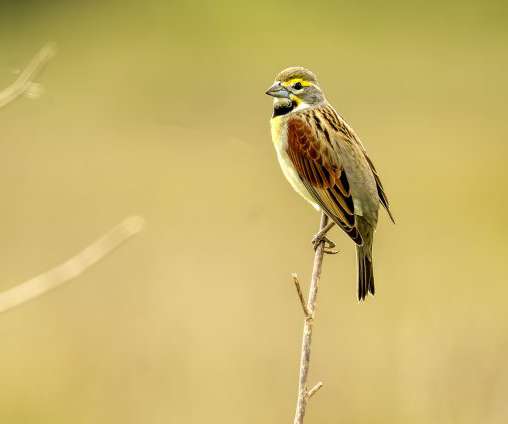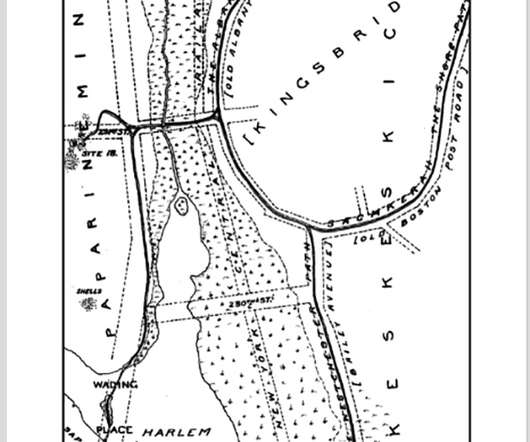What to Do at High Island When the Winds are South
10,000 Birds
MAY 3, 2022
I should have known that birding High Island meant I would be 20 minutes away from a place where hundreds of thousands of shorebirds and waterbirds rest, feed, breed, and generally have a good time. Multitudes, hundreds of Brown Pelicans and Terns–Least, Common, Foster’s, Sandwich, Royal, and Caspian. American Avocets.










Let's personalize your content